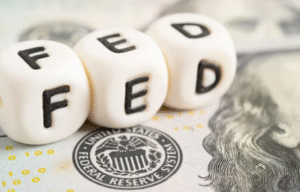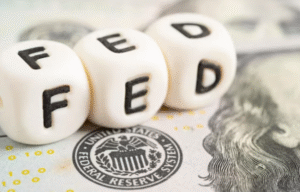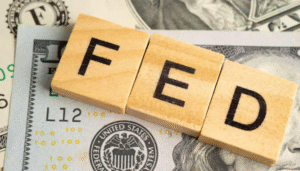$ABNB $Z $BTC
#SideHustle #PassiveIncome #FinancialFreedom #RealEstate #HomeSharing #ExtraIncome #RentalMarket #CryptoEarnings #GigEconomy #PropertyInvesting #WealthBuilding #HouseHacking
SideHusl founder and CEO Kathy Kristof has outlined four housing-related side hustles that she describes as “potentially lucrative” and “low-maintenance.” These ideas leverage assets you already own—primarily your home—allowing you to generate income without requiring heavy time or financial investments. In light of continued economic uncertainty and tightening budgets, these options appeal to individuals seeking to monetize underutilized spaces or resources. The rise of platforms like Airbnb and Zillow have made it increasingly feasible to tap into housing as a source of passive income, adding resilience to the gig economy’s broader landscape.
The first opportunity Kristof highlights revolves around renting out a spare room, or even your full house, for short-term stays through platforms like Airbnb ($ABNB). This strategy is particularly viable in areas with high tourist or business travel activity. Real estate-listed equities like $Zillow ($Z) have also benefited from the growing interest in property monetization efforts. Short-term rentals can bring in hundreds—or even thousands—of dollars per month for property owners. However, regulatory risks tied to short-term rentals remain relevant. Certain cities, such as New York and San Francisco, have stringent restrictions that could impact earnings feasibility. Despite these hurdles, Airbnb has demonstrated resilience by diversifying earning possibilities for hosts, providing an upside in an otherwise sluggish real estate market.
Another low-maintenance income generator is leasing storage space to individuals in need. Instead of converting your spare room into a rental property, homeowners can rent unused garage or basement space through emerging platforms. This option eliminates the complexities of engaging with short-term renters while still leveraging underutilized parts of your home. For financial context, this method aligns with the rising demand for alternative asset classes. Private equity investment funds related to self-storage facilities have been surging, making this an interesting parallel trend for individual participants. Additionally, with inflation squeezing household budgets, asset-light strategies like this contribute to income diversity without imposing operational challenges.
Beyond physical property-related gigs, Kristof emphasizes that the gig economy’s adaptability extends to cryptocurrency markets, such as staking tokens if you have idle digital coin holdings like Bitcoin ($BTC). While not directly related to the housing market, crypto staking serves as yet another form of passive income that requires minimal effort. This aligns with the broader financial strategy that home-monetization sits within: using existing resources to generate returns. Platforms specializing in decentralized finance (DeFi) offer competitive yields, which could parallel or support other income-driven goals. These options encourage adopting a billionaire-like mindset of concentrating on passive income mechanisms, contributing to broader wealth-building strategies for individuals of varying income levels.
By identifying ways to turn your home into a financial asset through relatively low-effort means, Kristof promotes a sustainable methodology for anyone looking to bridge income gaps or achieve greater financial resilience. These strategies also underline the importance of creativity and foresight within personal finance planning, particularly as macroeconomic trends like inflationary pressures and housing affordability continue to evolve.











Comments are closed.